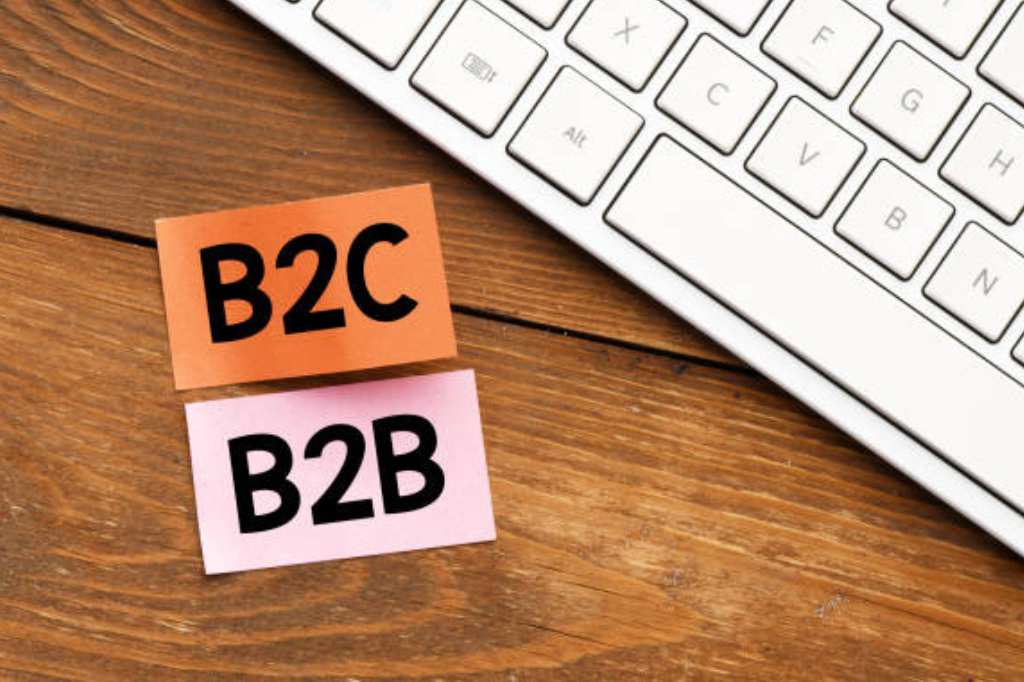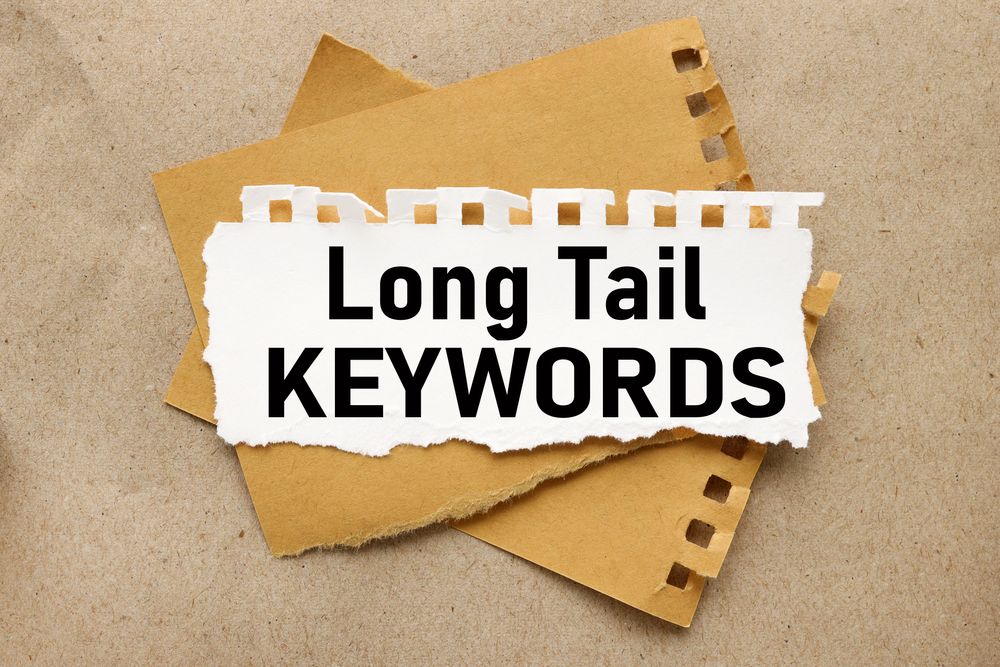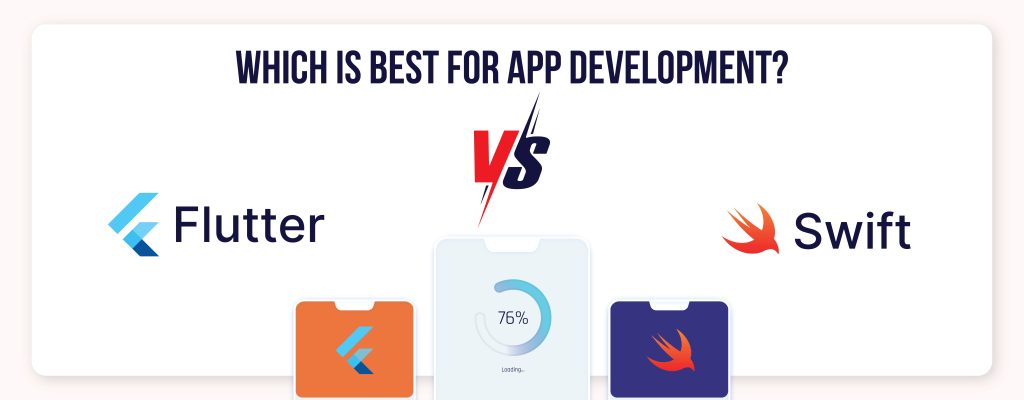The power of personalization in digital marketing lies in its ability to connect with the customer on a more personal level and offer a unique, customized experience. Personalization enhances the customer experience and builds brand loyalty by offering relevant content and tailored messaging to individual customers based on their behaviors, interests, and preferences.
This allows businesses to create a more meaningful and engaging relationship with their target audience, leading to increased conversions, higher engagement, and higher customer lifetime value. Personalization also helps to increase customer trust and brand recognition, as customers are more likely to engage with a brand that they feel understands and values them as individuals.

What Exactly Does Personalization Mean in Marketing?
Personalization in marketing refers to tailoring marketing messages, products, and experiences to the specific needs and preferences of individual customers. This can include everything from the use of a customer’s name in an email to the delivery of customized product recommendations based on their purchase history.
Personalization can be applied to various aspects of digital marketing, including email marketing, social media marketing, and website design. For example, a personalization algorithm can recommend products to customers based on their browsing history, while a personalized email campaign can target customers with specific interests or preferences.
Personalization aims to create a more personal and engaging customer experience that resonates with the customer and increases their likelihood of making a purchase. By delivering personalized content and experiences, businesses can build stronger relationships with their customers, increase customer loyalty, and ultimately drive more sales.

What is the Personalization of Products and Content
Personalization of products and content refers to the customization of products and marketing messages to fit individual customers’ specific needs, preferences, and behaviors. This can be accomplished through various technologies and algorithms, such as customer data analytics, artificial intelligence, and machine learning.
Personalization of products can involve the customization of physical products, such as custom-designed clothing or jewelry, or digital products, such as personalized software or apps. For example, a clothing retailer may offer customers the option to select the color, size, and fit of a product. At the same time, a software company may personalize a product based on a customer’s usage history and preferences.
Personalization of content refers to the customization of marketing messages, advertisements, and other forms of digital content to fit the needs and preferences of individual customers. This can be accomplished through personalized email campaigns, social media posts, and website content. For example, a personalized email campaign may target customers based on their location, interests, or purchase history, while a personalized social media post may feature product recommendations tailored to a customer’s specific needs and preferences.
The goal of personalizing products and content is to create a more personalized and engaging customer experience, increasing customer satisfaction and brand loyalty and ultimately driving more sales.
What Type of Personalized Content is the Most Effective in Marketing
The effectiveness of personalized content depends on a variety of factors, including the target audience, the marketing channels used, and the specific goals of the marketing campaign. However, some types of personalized content that are typically effective include:
1. Personalized email campaigns
Personalized email campaigns that use the recipient’s name, location, or purchase history to deliver tailored messages are often more effective than generic emails.
2. Personalized product recommendations
Product recommendations that are tailored to a customer’s browsing history, purchase history, and preferences can be highly effective in driving sales and increasing customer satisfaction.
3. Personalized social media posts
Social media posts that are personalized with relevant images, videos, and messaging can increase engagement and encourage customers to take action, such as making a purchase or visiting a website.
4. Personalized landing pages
Customized landing pages to match a customer’s interests, location, or behavior can improve conversion rates by providing a more relevant and engaging experience.
5. Personalized website content
Website content that is tailored to a customer’s specific needs and interests, such as personalized product descriptions or recommendations, can improve the customer experience and increase engagement.
It is important to note that personalization should not be invasive or inappropriate, and customers should always have the option to opt out of it if they prefer. The most effective personalized content is that which enhances the customer experience, rather than detracting from it.
The Benefits of Personalized Marketing
Personalized marketing offers numerous benefits to businesses and their customers. It can improve customer satisfaction and engagement by providing relevant and tailored experiences, leading to increased conversions and higher customer lifetime value. Personalized marketing can also increase customer trust and brand loyalty by demonstrating that a business understands and values its customers as individuals. Additionally, personalized marketing can lead to more effective and efficient use of marketing resources by targeting the right customers with the right message, at the right time. By leveraging the power of personalization, businesses can create a more meaningful and impactful relationship with their customers, driving business growth and success.
Conclusion
In conclusion, personalized marketing is a powerful tool for businesses looking to connect with their customers on a more personal level and increase engagement, conversions, and customer lifetime value. By leveraging customer data and advanced technologies, businesses can deliver personalized products and content that resonate with individual customers and improve their overall experience. Personalized marketing can be applied to various aspects of digital marketing, including email campaigns, social media posts, website design, and product recommendations. By adopting a personalized approach to marketing, businesses can build stronger relationships with their customers, increase customer loyalty, and drive business growth and success.
Join the ranks of successful businesses utilizing personalized marketing with SPEEDFORCE DIGITAL. Contact us today to learn how we can help you transform your marketing efforts with the power of personalization.
Frequently Ask Questions
1. How do businesses use customer data to personalize marketing?
Businesses use customer data, such as purchase history, browsing history, location, and interests, to personalize marketing. This data is analyzed using technologies such as artificial intelligence, machine learning, and customer data analytics to deliver personalized experiences.
2. What are the key elements of a personalized marketing campaign?
The key elements of a personalized marketing campaign include the following:
– Customer data analysis.
– Targeted messaging, personalized products, and content.
– A focus on enhancing the customer experience.
3. How can businesses ensure that personalized marketing is not invasive or inappropriate?
Businesses can ensure that personalized marketing is not invasive or inappropriate by providing customers with clear opt-out options and being transparent about how customer data is used. Personalization should always enhance the customer experience and be in line with customer preferences and expectations.












